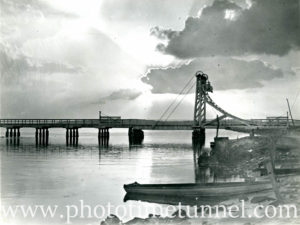A bundle of photographic prints, handed to me recently, jogged my memory somehow. The matt black envelopes in which the photos had been stored – evidently for a long time – were familiar to me for a start. Then there was the compact writing on the back, and the reference to the photos having been taken in the late 1920s and early 1930s by a metallurgist at Newcastle’s BHP steelworks. I went scurrying to my filing cabinets and, sure enough, I had two photos by the same photographer, given to me by a woman who had attended a talk that Sylvia and I once gave at a local church hall.
The sudden appearance of several more prints by the same photographer but from a different source prompted me to try to find out more about the creator of the images, whose name was John Jobson. Fortunately the excellent Trove website yielded some very useful newspaper references (located by reader Elaine Mascord), published at the time of Mr Jobson’s death in February 1936.


When he died Mr Jobson had been a long-time resident of the Newcastle suburb of Bar Beach, and a small number of his photos depict the local coastal scenery. He was 70 when he died. He had retired from the BHP two years previously, having worked for the company most of his life. Evidently a keen amateur photographer, he must have owned some good cameras, including one that enabled him to make panoramic images. Much of his photography relates to his work at the BHP, particularly to areas in which he seems to have played a special role.
Mr Jobson’s obituaries tell us he was born in London in 1860, moved to Australia with his father in 1872, went to Melbourne University and took a job at the Daydream silver mine near Broken Hill in 1885. When the BHP arrived he took a job with that company, where his metallurgical expertise was highly valued.
In 1896 he married Julia Burton, whose family came from Mount Gambier in South Australia. The pair had two sons: John Frederick and Sidney Faulkner, and three daughters: Gwendolene Marietta, Inez Amy and Florence Amelia. Julia Jobson died in 1932.

By 1910 John Jobson was assistant manager of the company’s Port Pirie smelter and in 1917 he moved to Newcastle as a metallurgist at the new steelworks. His funeral eulogies noted “the share he had in the solution of the many metallurgical difficulties associated with the treatment of complex ores, such as were found in the mines of the company at Broken Hill”. “Mr Jobson had also taken an active part in the development of refractories, which played so important a part in the operations of the company, covering particularly the zinc distillation plant at Port Pirie and the open hearth and other requirements at Newcastle. The success attending the experiments in this connection were attributed largely to Mr Jobson, who served with great fidelity in various high and responsible positions. His career in the metallurgical field was marked by his successful handling of the problem associated with the smelting of lead concentrates containing a high percentage of zinc.”
Below is a selection of the high-quality photographs produced by John Jobson during his time at BHP. Many thanks to Robyn Single.
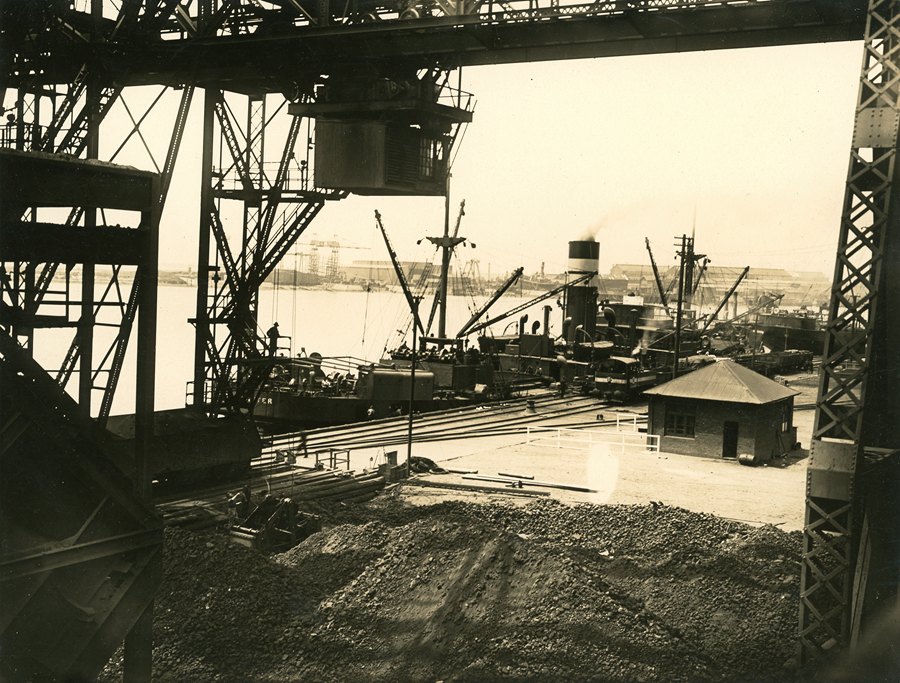
BHP wharf, October 29, 1928 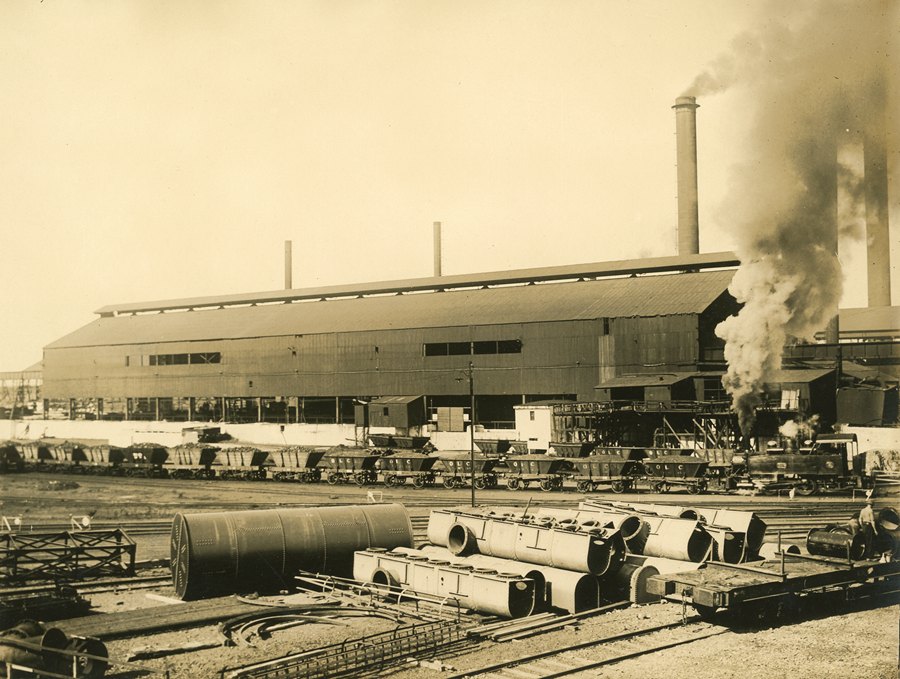
18-inch rolling mill, March 29, 1930 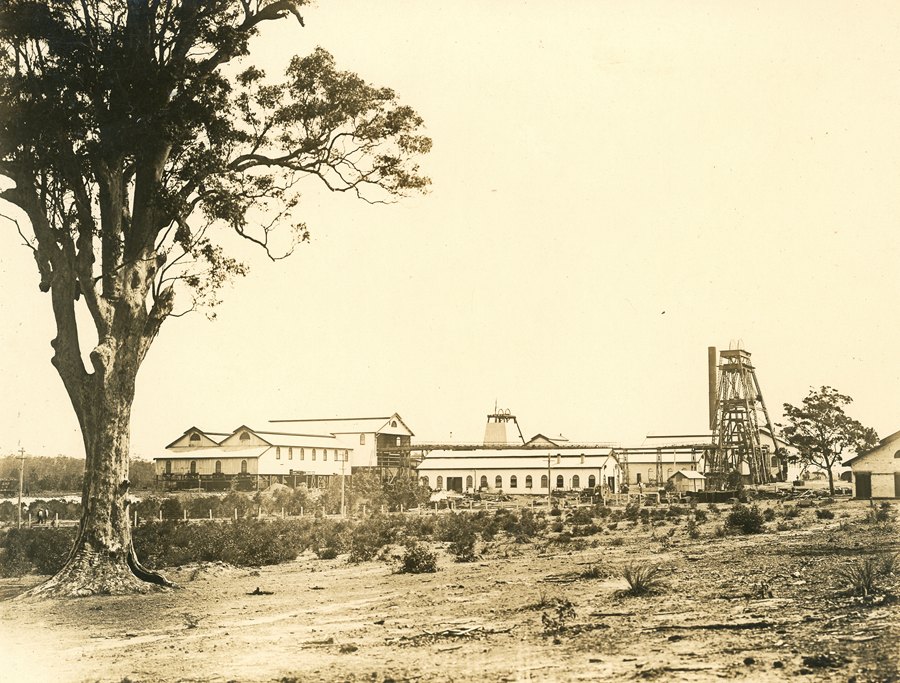
John Darling Colliery, January 17, 1929 
New coke oven construction, June 19, 1930

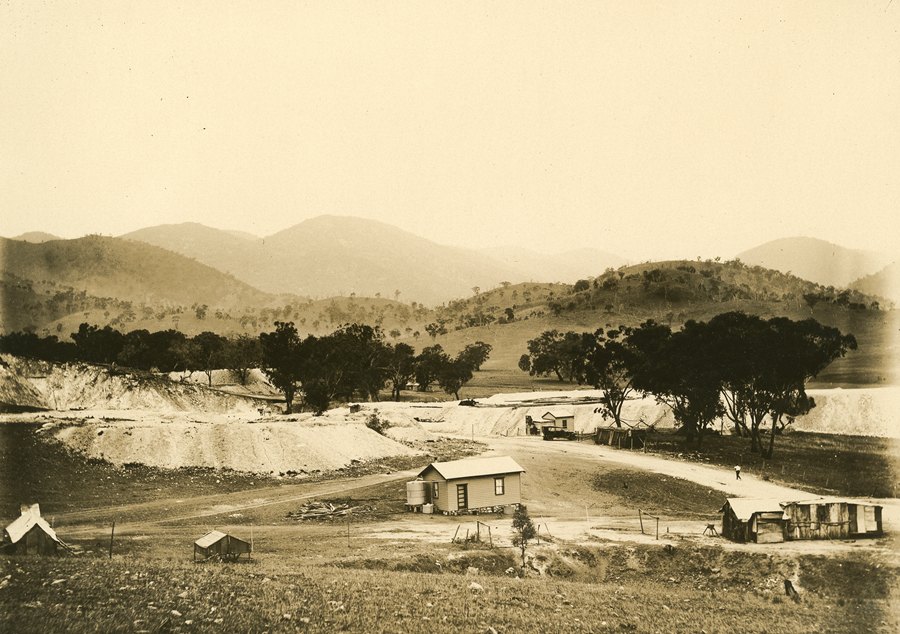
Waste dump at Attunga magnesite quarry 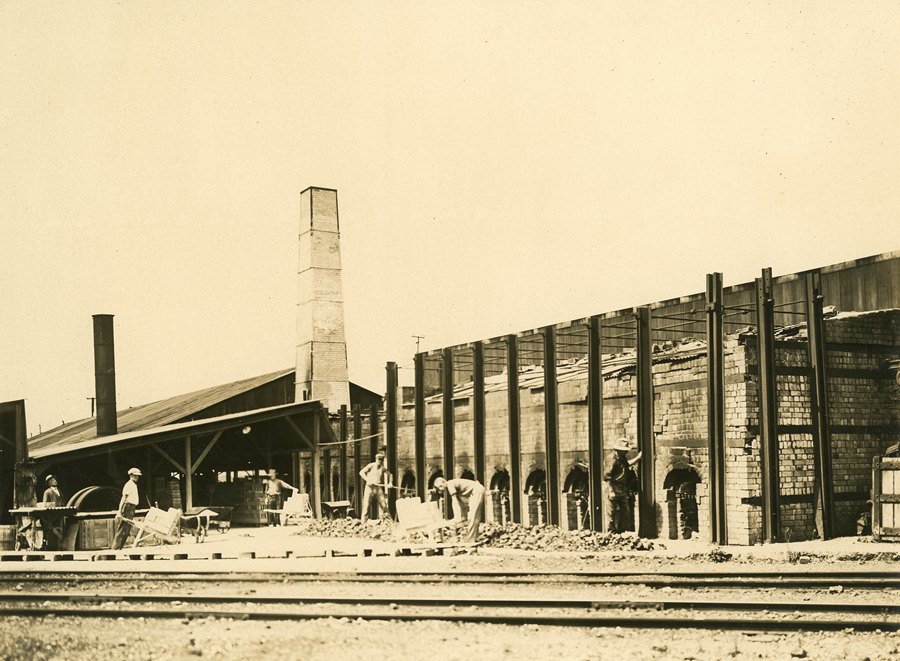
BHP’s chrome brick plant 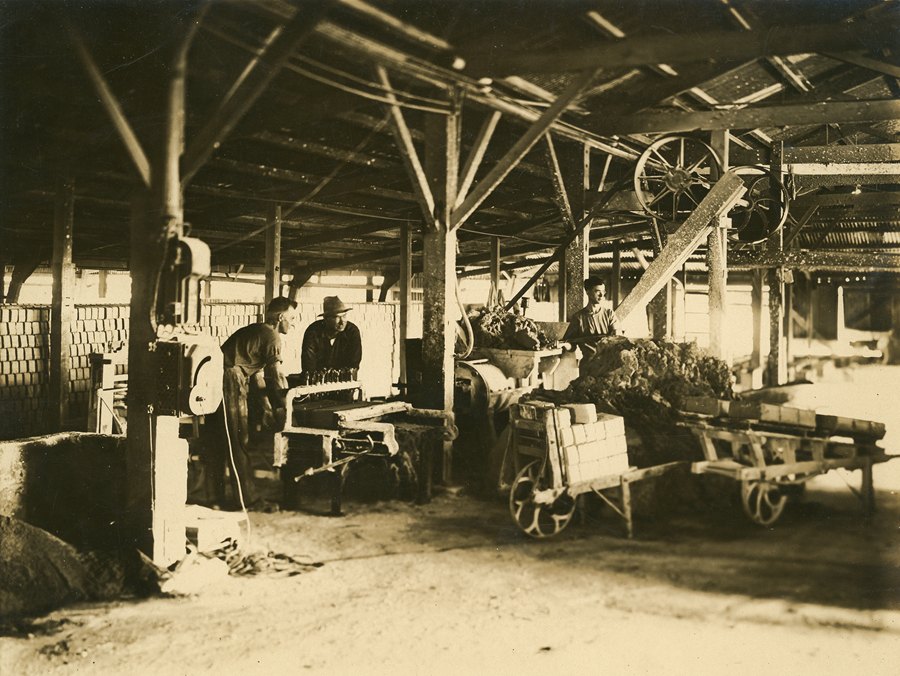
Inside the chrome brick plant 
View of the chrome brick plant, November 20, 1929


